Today, I’ve been at summer camp–the Jane Austen summer camp. Forget ‘capture the flag’!

Goodies and favors for all the campers
We’ve had a very full day practicing our penmanship with quill pens, dressing our hair in Regency styles, sewing reticules and pocketbooks, and making the daintiest watercolors. For geeks like me who despise dodge ball, this is the perfect way to while away a summer Saturday.
Check out the slide show for snaps.
Here are some things you definitely need to know.

Irene has a bunch of quills for us to choose from
When you’re picking out your feather–goose, turkey, duck and crow all work–for your quill, consider whether the feather came from the bird’s right wing or left wing. Yes, feathers have sides, and you need to know this. Victorians believed you match your handedness with the side of the wing. During the Austen era, the Regency period, eh, not so important.
From another camper, I learned that the ink is very, very permanent. Remember when Gilbert dips Anne of Green Gables’ braid in the inkwell? No doubt, her braid would then have dripped ink on her dress, a permanent marker on what was probably her only garment until she grew out of it. Sure enough, a camper got some ink on her Regency gown. Sigh.

We practiced writing some “moral maxims.” My favorites are “Art polishes and improves nature” and “Content alone is true happinefs.” Note the fs for our double-s. f’s substituted for s’s at times and not at others. All part of the very complex set of rules that went along with superlative penmanship, which by the way leans to the right at a 56 degree angle. Good thing we had a guide to help us get that slope just right!

Henri-François Riesener of
Alix de Montmorency, Duchesse de Talleyrand
probably early 19th century
We started with the “round hand” style, used by women and men, but I found myself preferring the “Italian” style–a precursor to our italic and favored by women. Now your posture is very important. Take a lesson from this young lady.
Note her beautiful uprightness. Also she has turned sideways, so that her entire forearm rests on her writing desk. She holds the quill with a delicate touch, like holding chopsticks.
You don’t want any blobs of ink!
Now this Regency lady had plenty of time to sew for pleasure and probably plenty of help dressing her hair. We did some of both.

James Martin of
Abigail Noyes Sill
courtesy of
Florence Griswold Museum
Kandie showed us willing ladies how to make a butterfly curl, like you see on Abigail here. You can find out how to do this on youtube, but the basics are to make a spit curt, then wrap your triangular shaped tissue paper around the curl, heat it, and wait. You can wrap your whole head, so it looks like you are covered in butterflies! By the time the tissue paper cools down, take it off, reveal your curls, and you’re ready to dance…

Several of the ladies had their hair done by Kandie. Do check out the slide show above for several examples. Me, I’m a short-haired girl. But I got a kick out of the transformations!
Thin hair becomes thick with a donut. Thick hair can be tamed as it is here–elegant and beautiful!
I had some success with hand stitching my pocketbook, the Regency equivalent of a wallet. Lisa was a huge help, of course.
Here she shows off reticules, replacing “pockets” worn under the skirt when dress styles changed to become skimpier. The proper lady carried her reticule rather than bulk up her gown with a pocket. Just the right size for all your essentials–your Regency cell phone included.


Silhouette of Jane Austen
Originally for the rich, silhouettes became popular at markets and carnivals, bringing the uncanny form of capturing a likeness to the masses. Although we didn’t get a chance to make them (working with watercolors instead), I know how to do a silhouette now and have the kit. So call me and come over at dusk. Let’s give it a try!
After all that hard work, I was ready for tea. This tea came complete not only with scones, but also chocolate-covered strawberries and tea sandwiches. And a performance.
Two campers put on a show–an extremely condensed version of the five acts of Lover’s Vow. For those of you who know Austen, that’s the very naughty play that causes such an uproar in Mansfield Park.

We were prompted when to hiss and even more importantly gasp at just the right moments. The “Audience Gasps” sign was liberally used. Thank goodness we all had our smelling salts.

I’m of a hardy constitution and made it through the play without fainting. In fact, the whole day was a wonderful boost for the system.
Who says adults can’t go to camp?























 Is that worth the price of admission? Maybe, if you can get in to see the wonderful Hopper show, too, before it comes down. Sure beats having your head snared by a cell phone.
Is that worth the price of admission? Maybe, if you can get in to see the wonderful Hopper show, too, before it comes down. Sure beats having your head snared by a cell phone.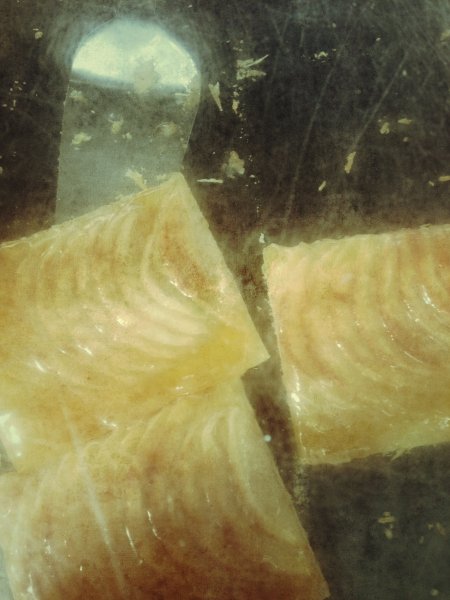
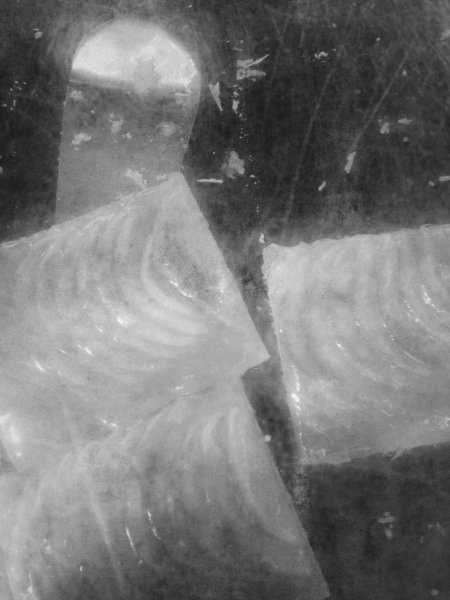
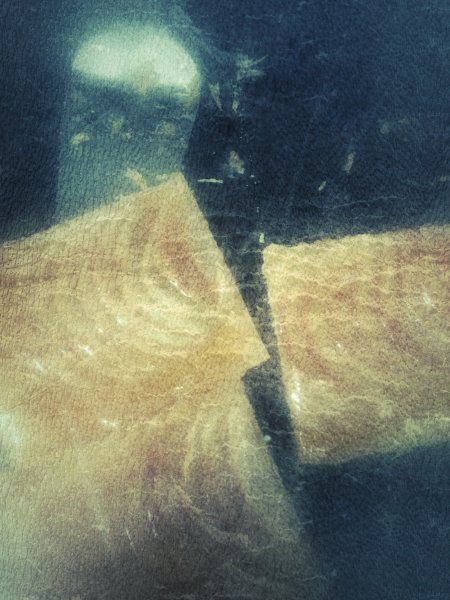
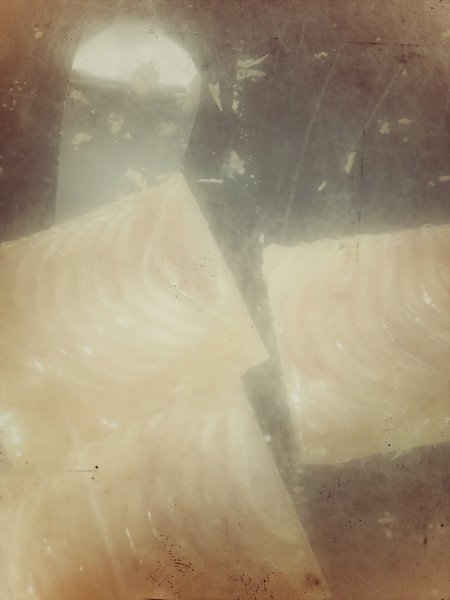
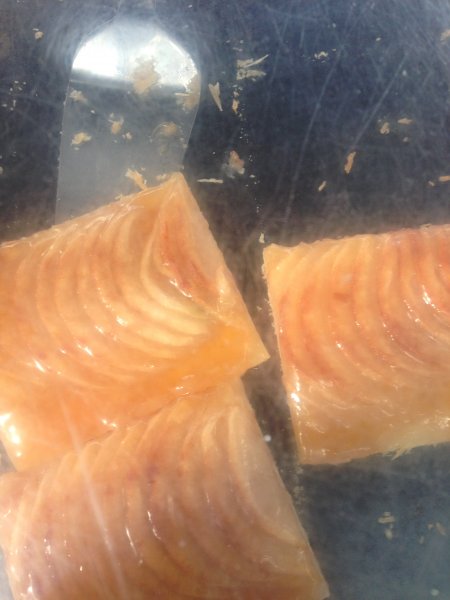

























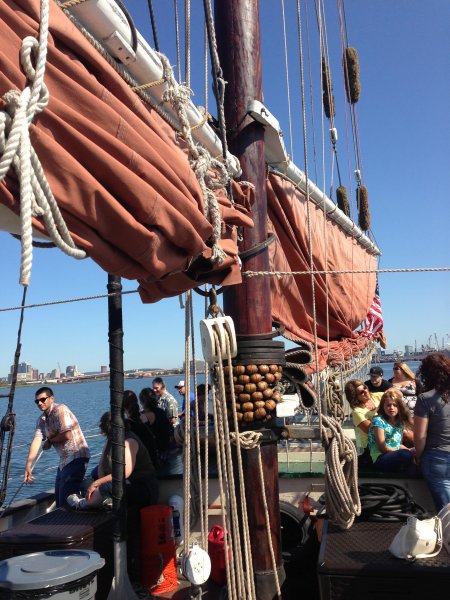


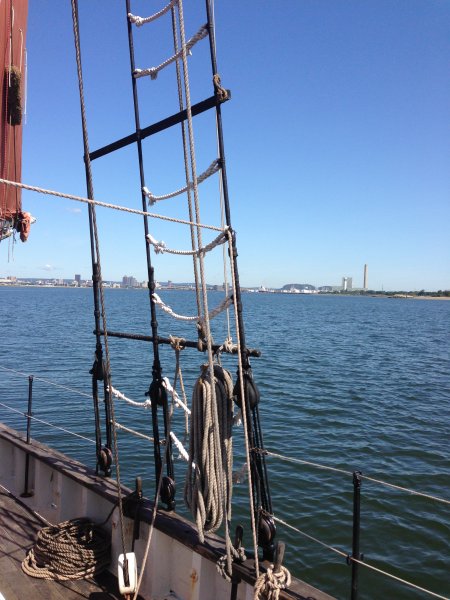
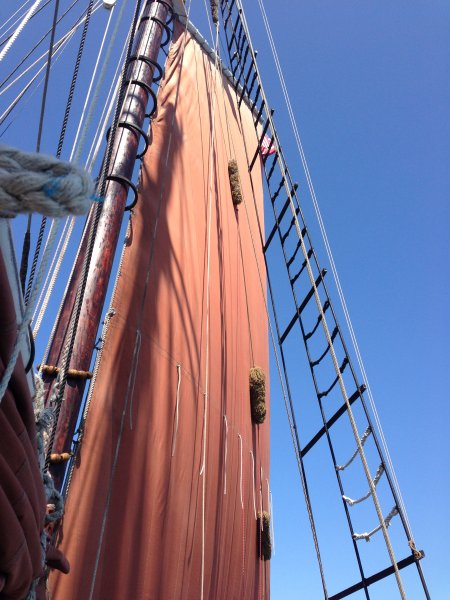
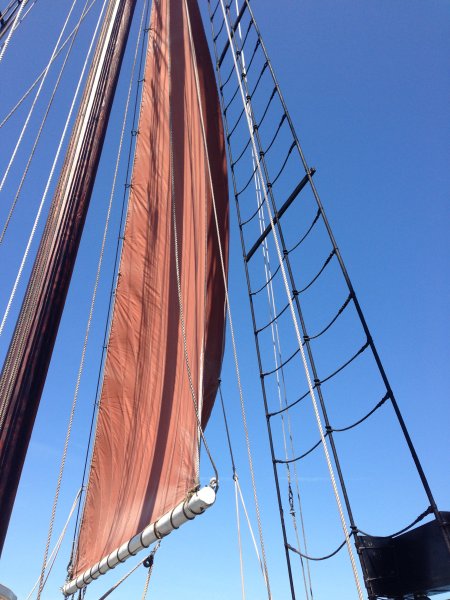





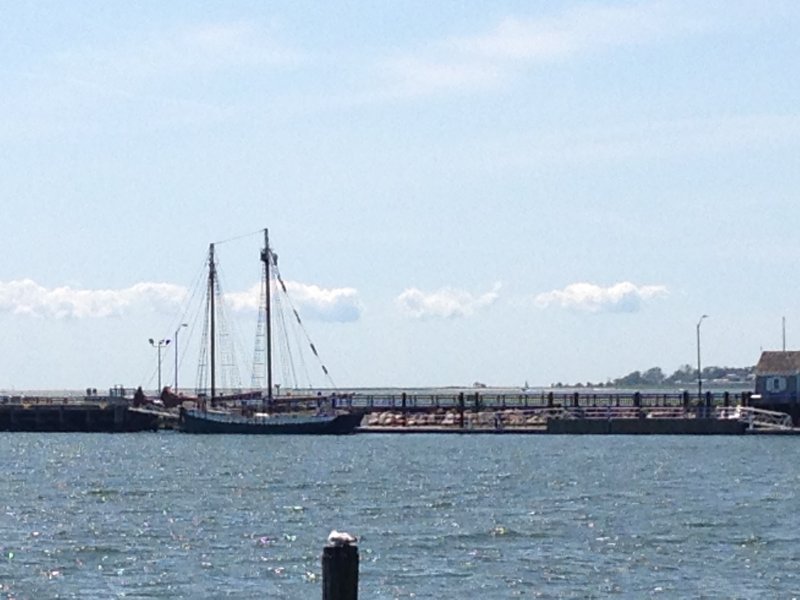
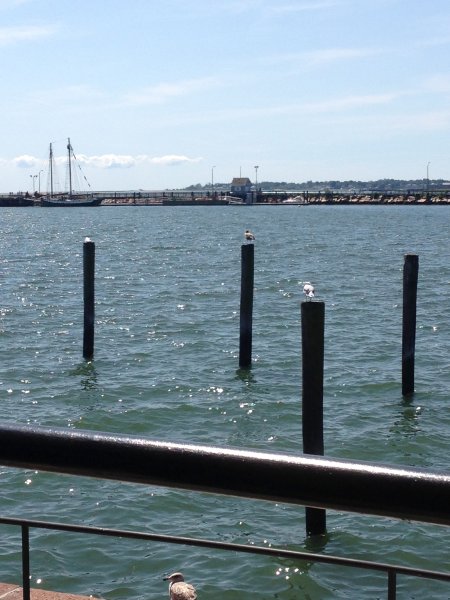
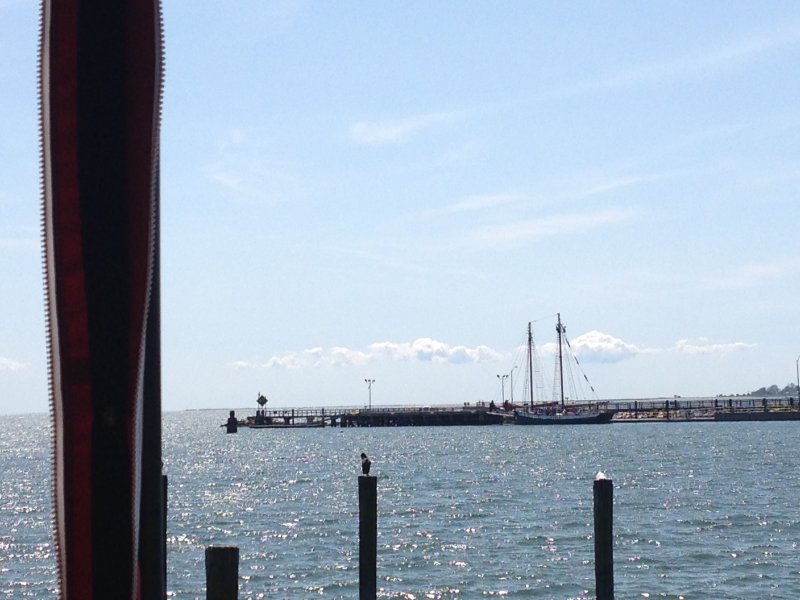





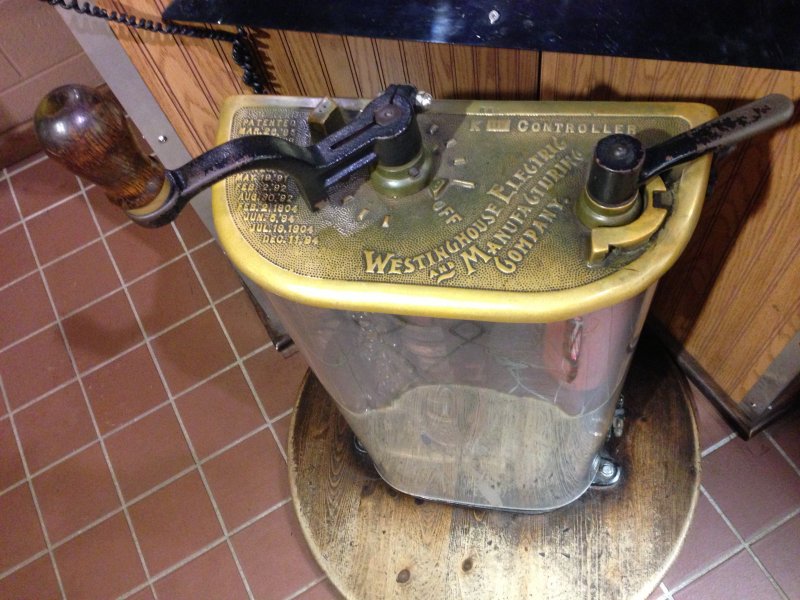

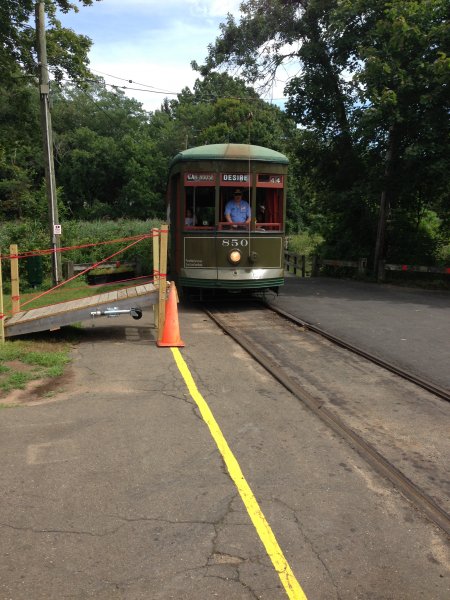
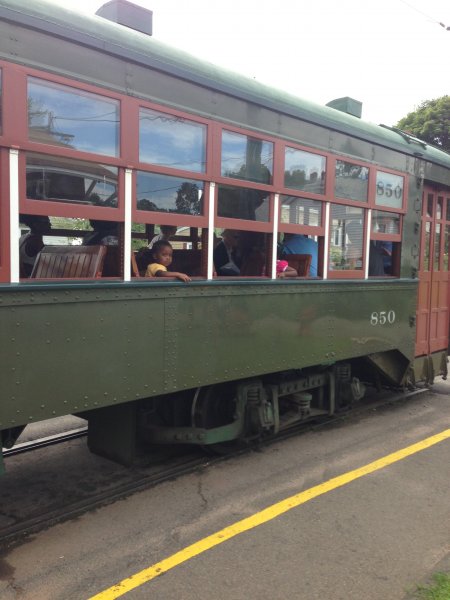
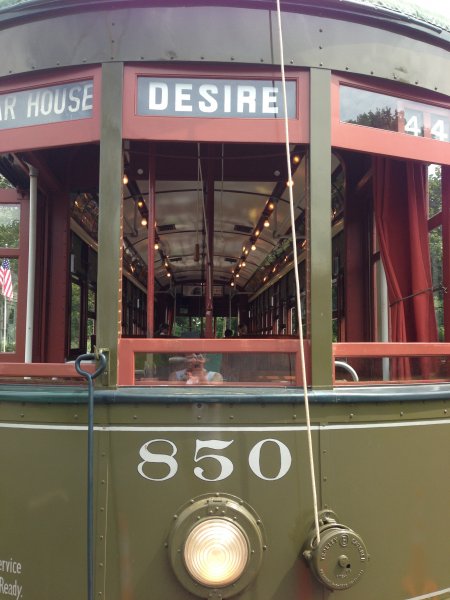
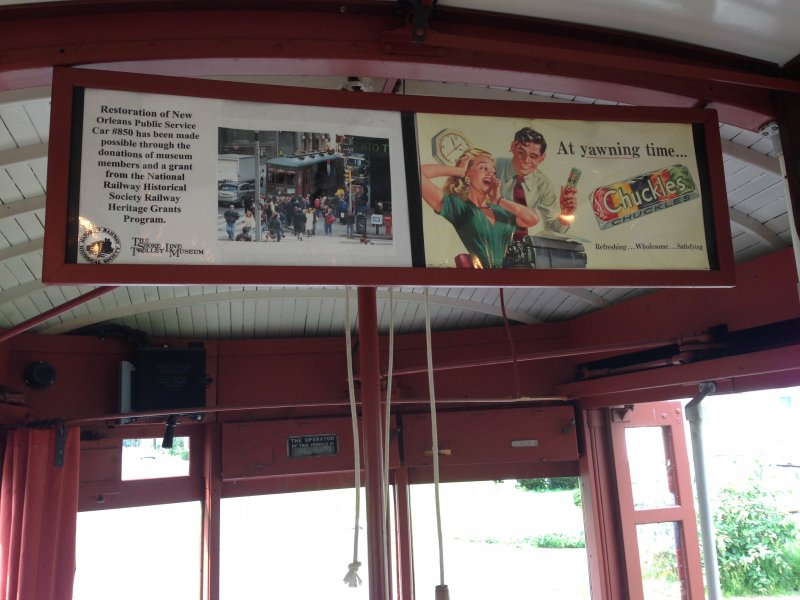
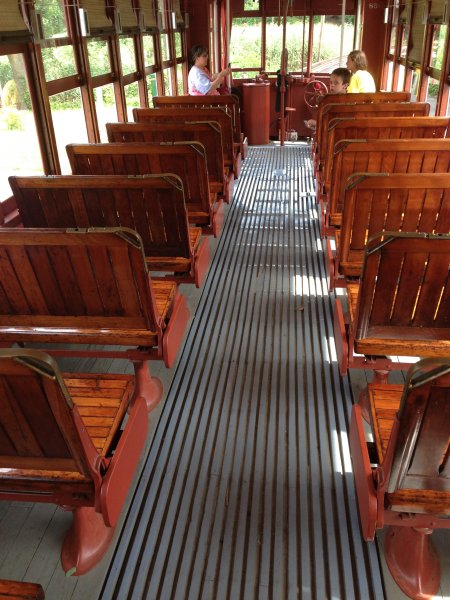




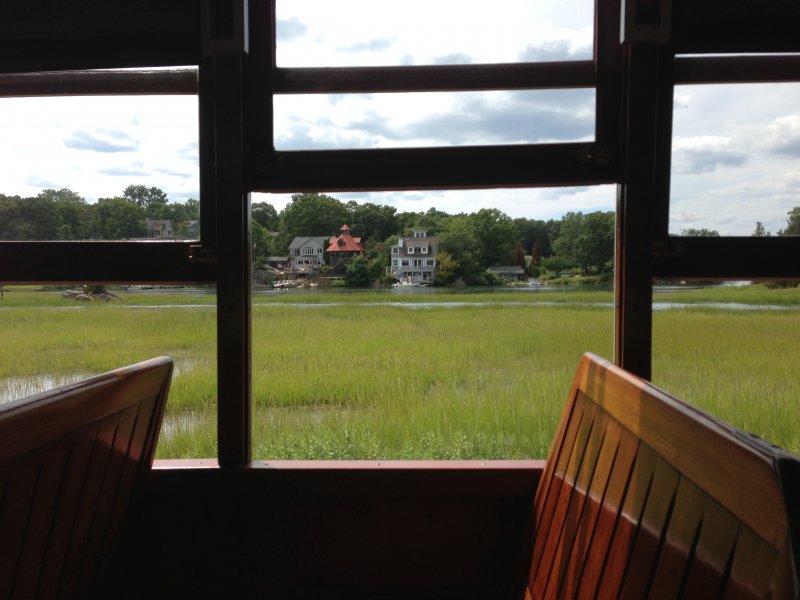
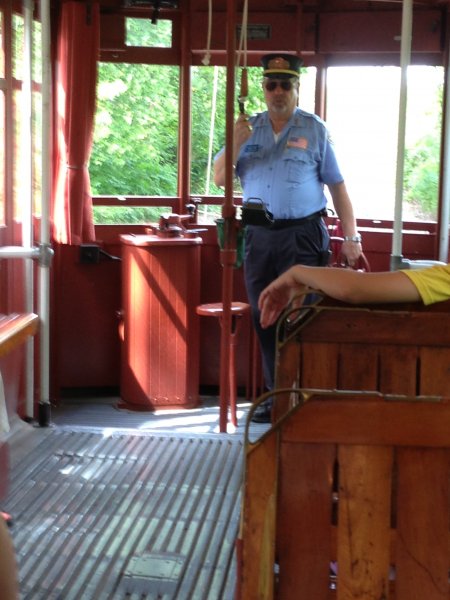
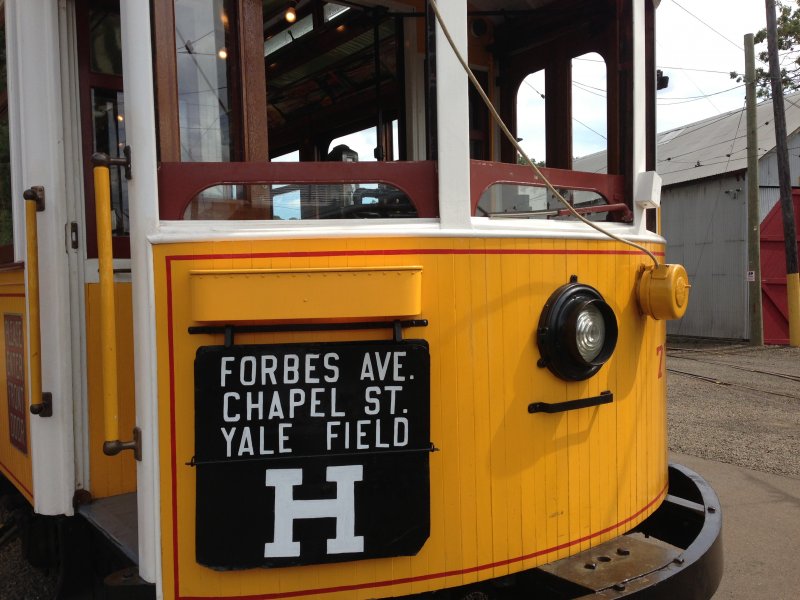
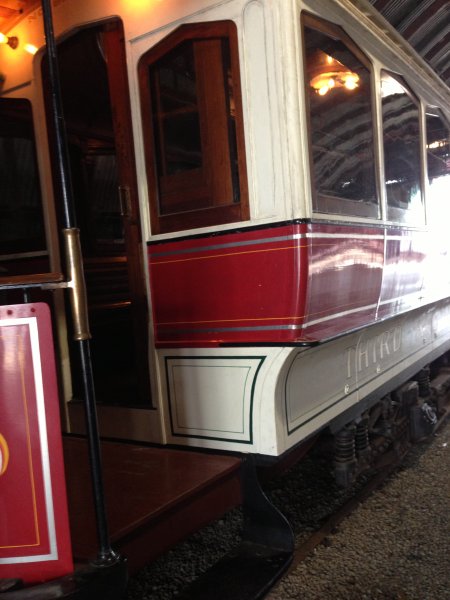
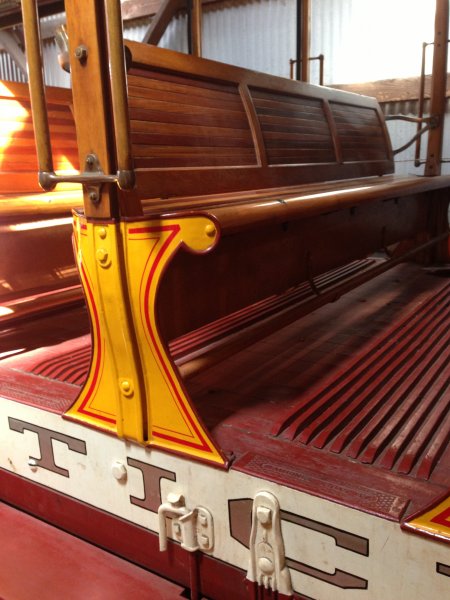
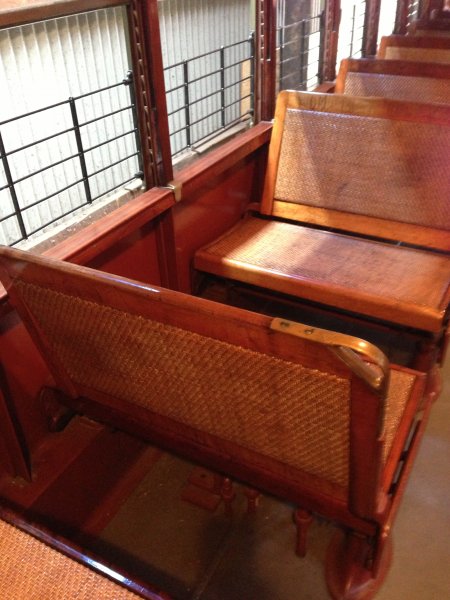
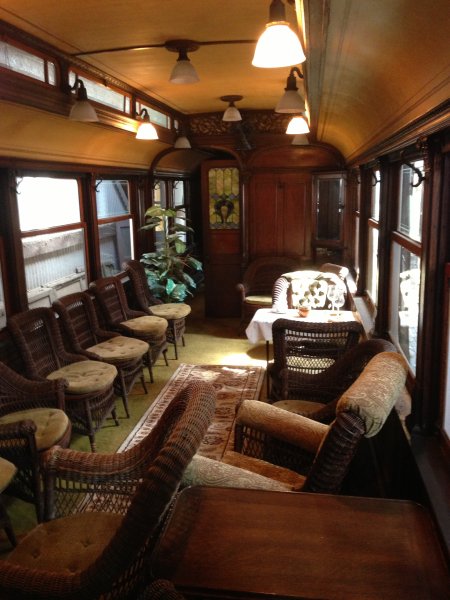

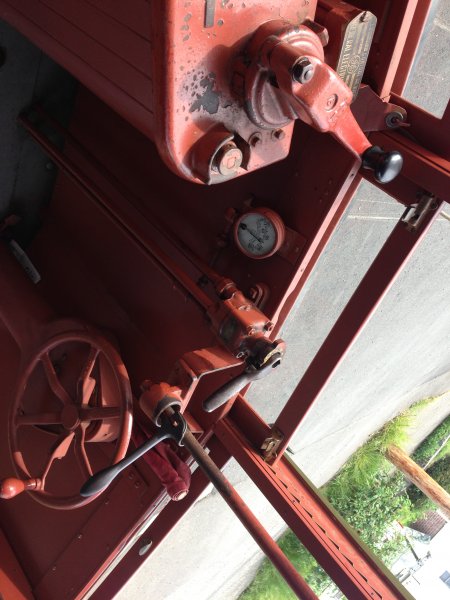


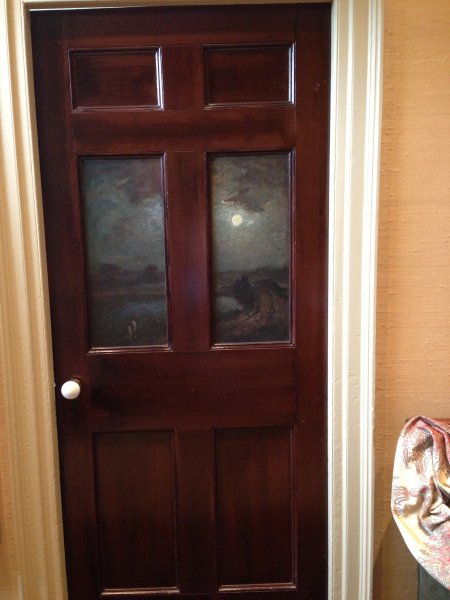
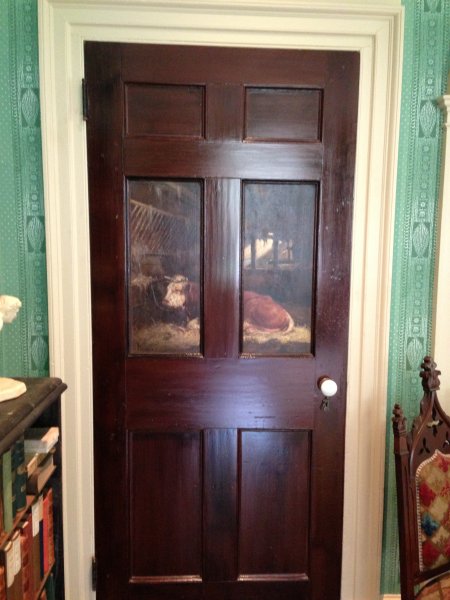
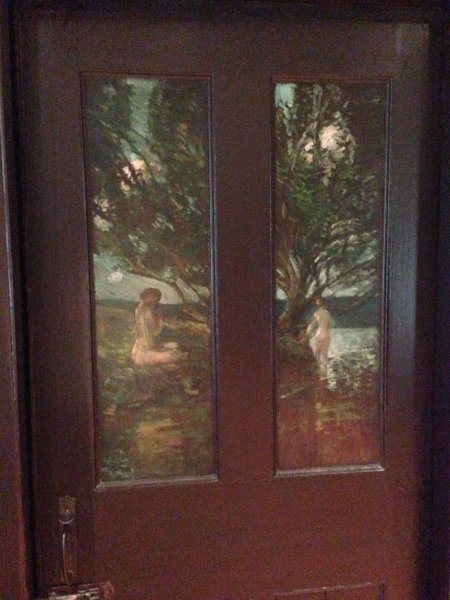
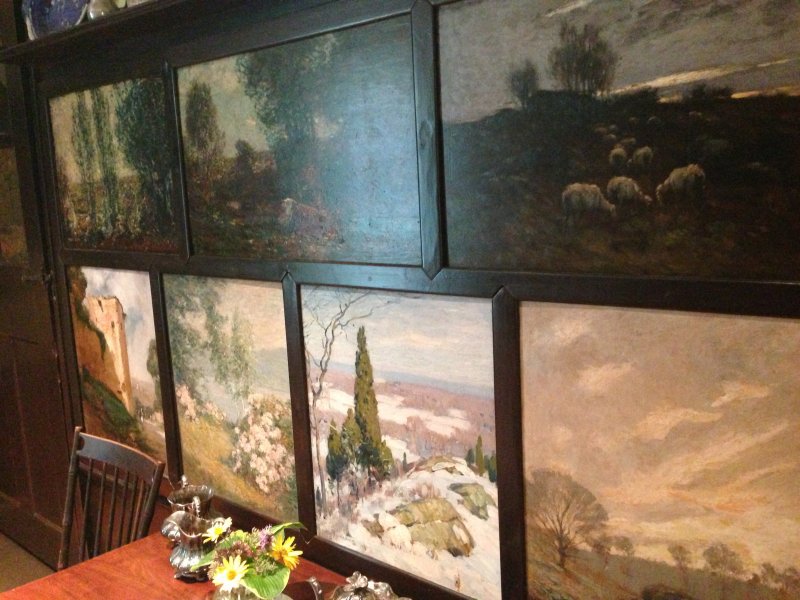
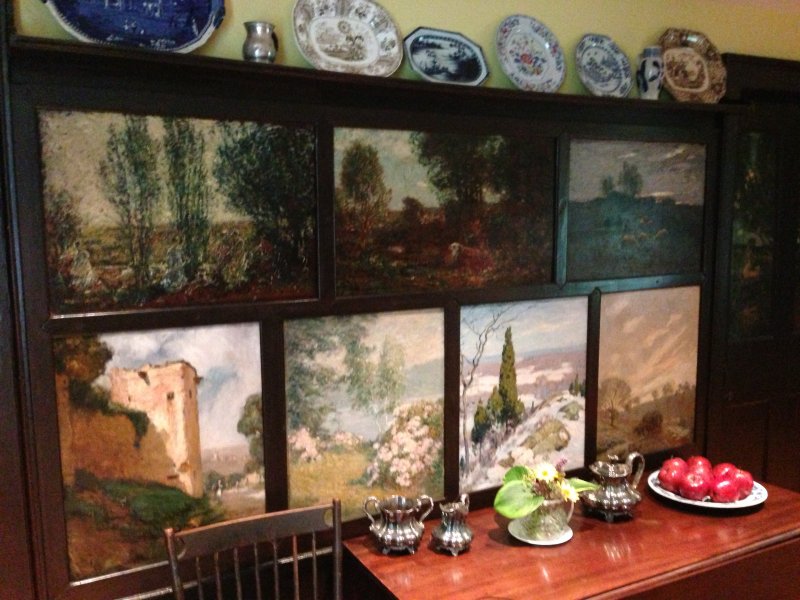
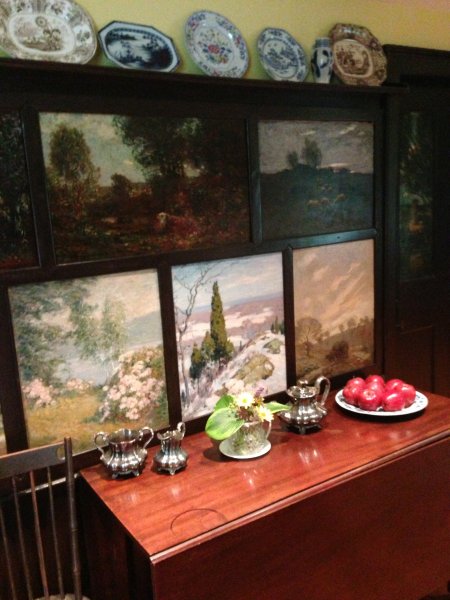
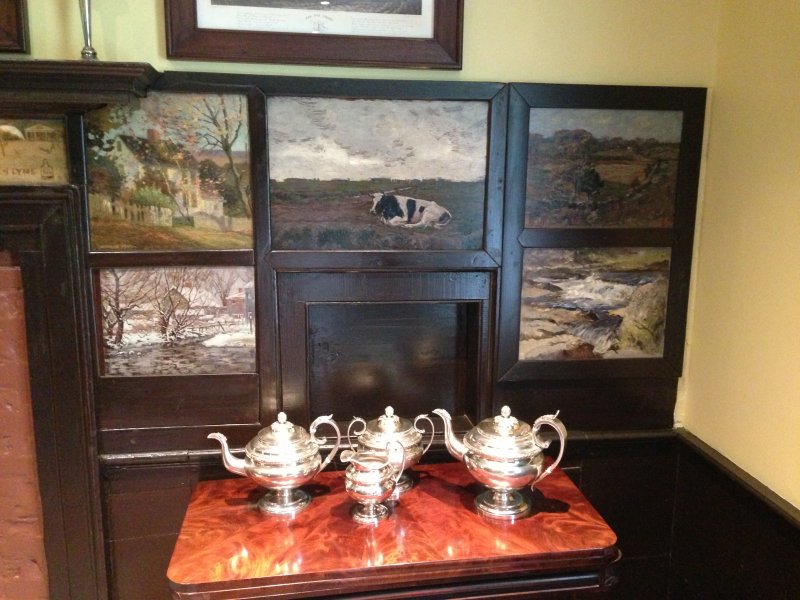

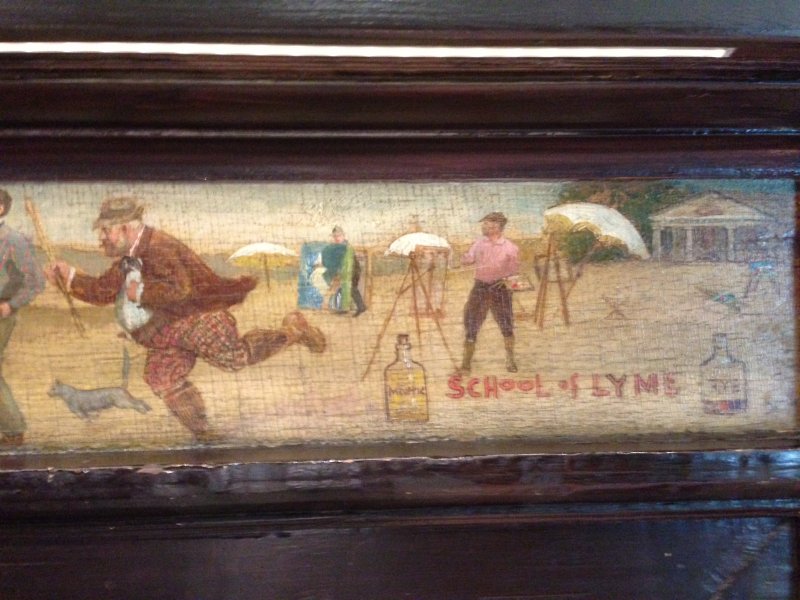
























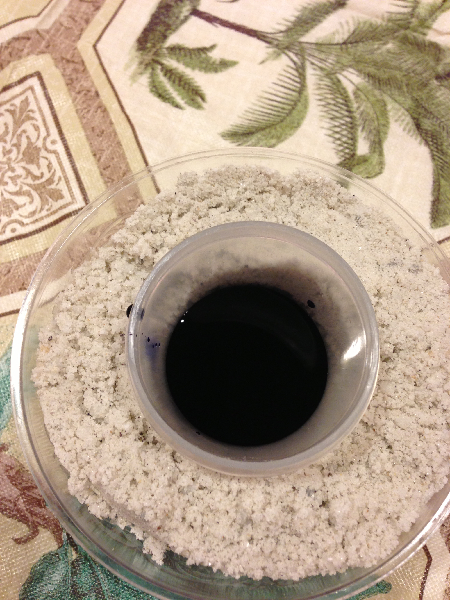
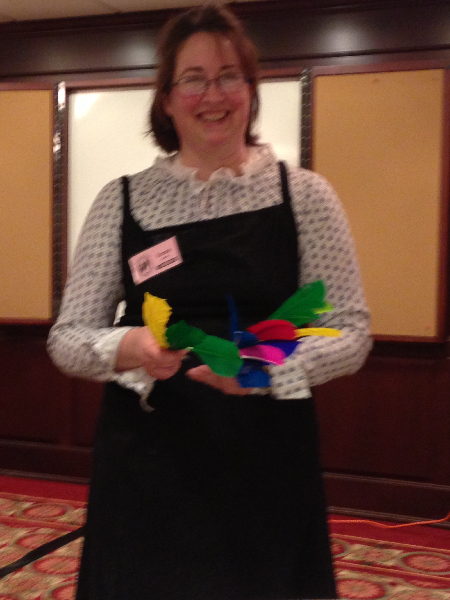
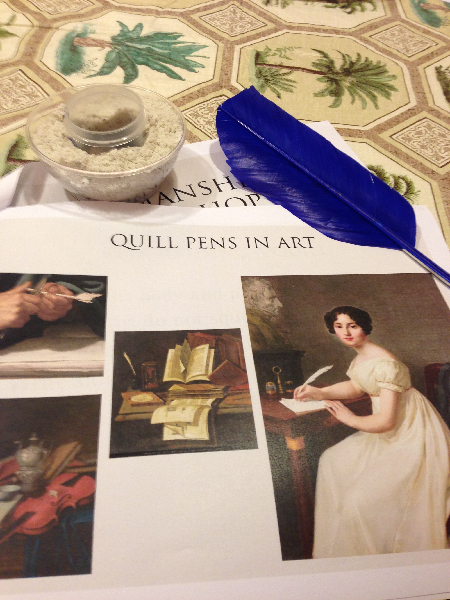
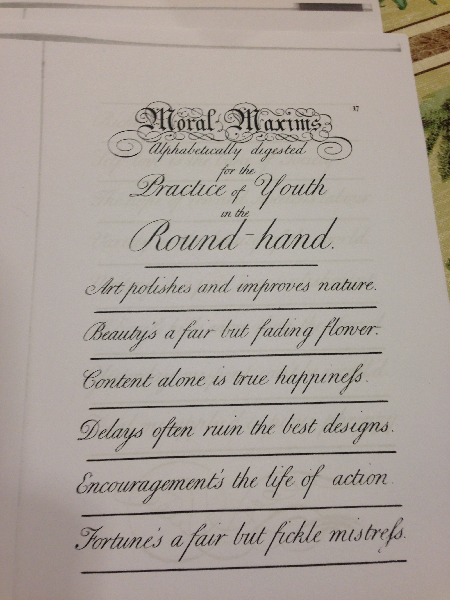
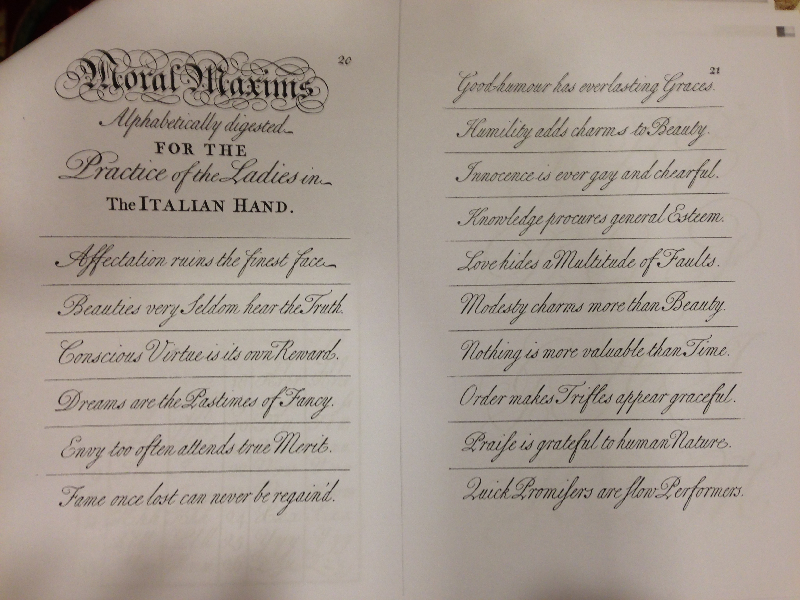
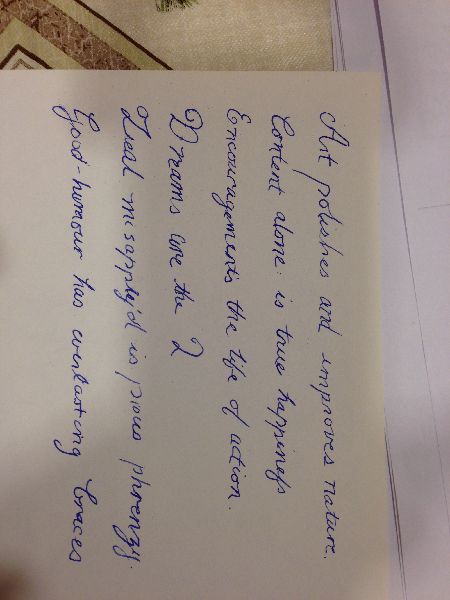
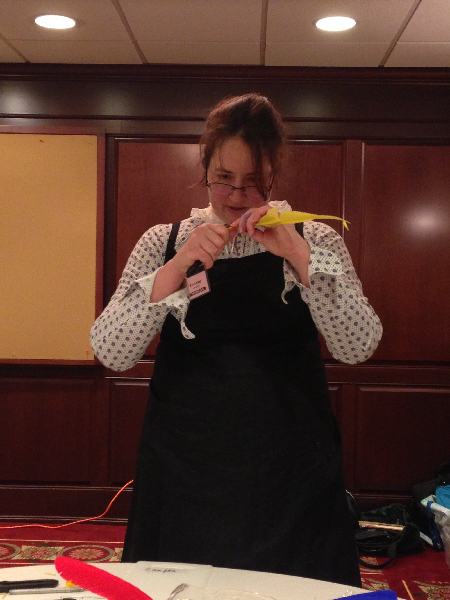
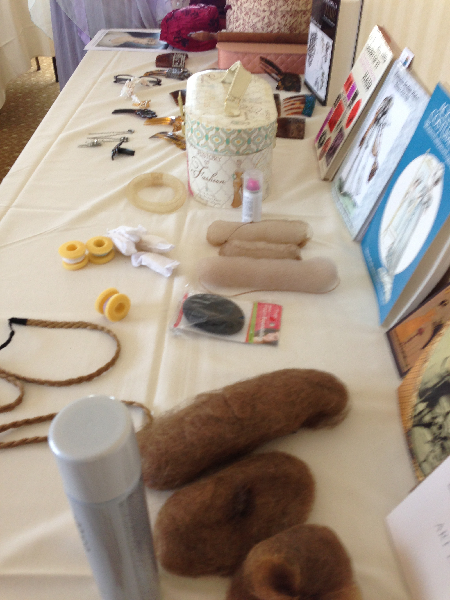

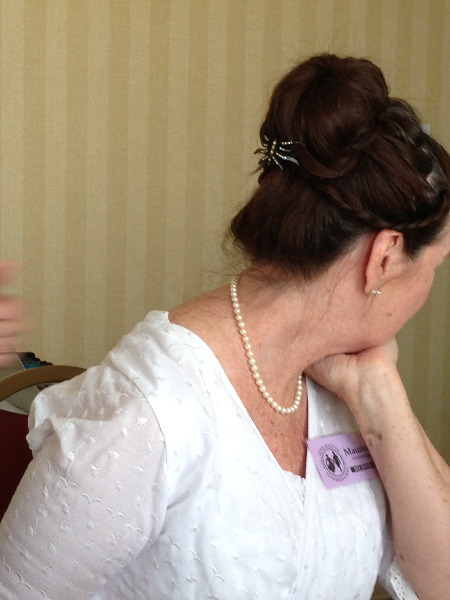
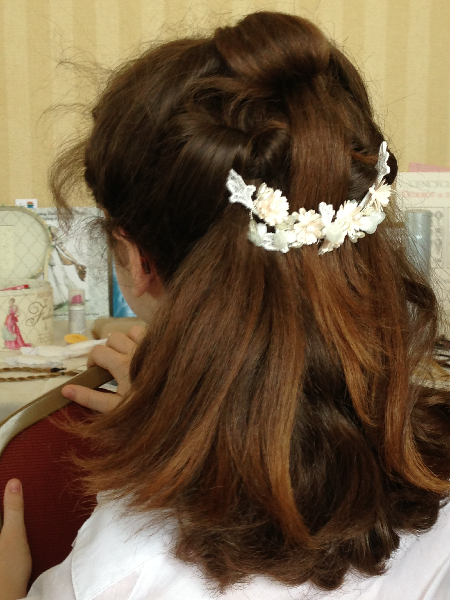
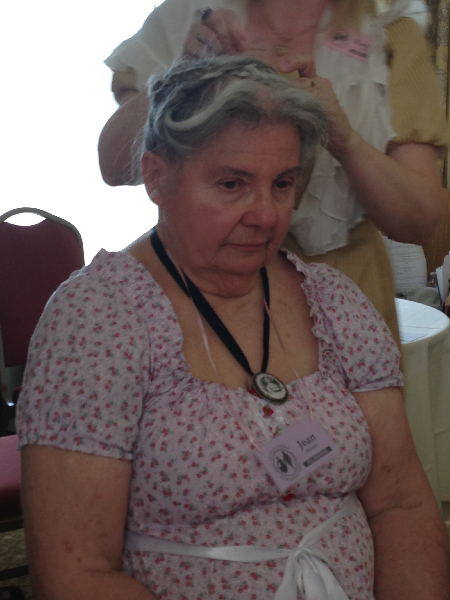
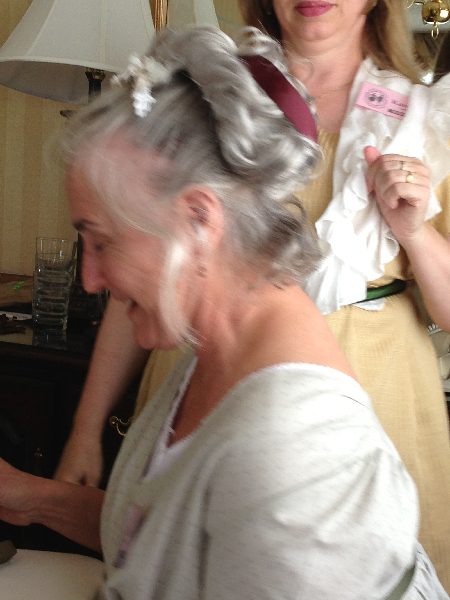
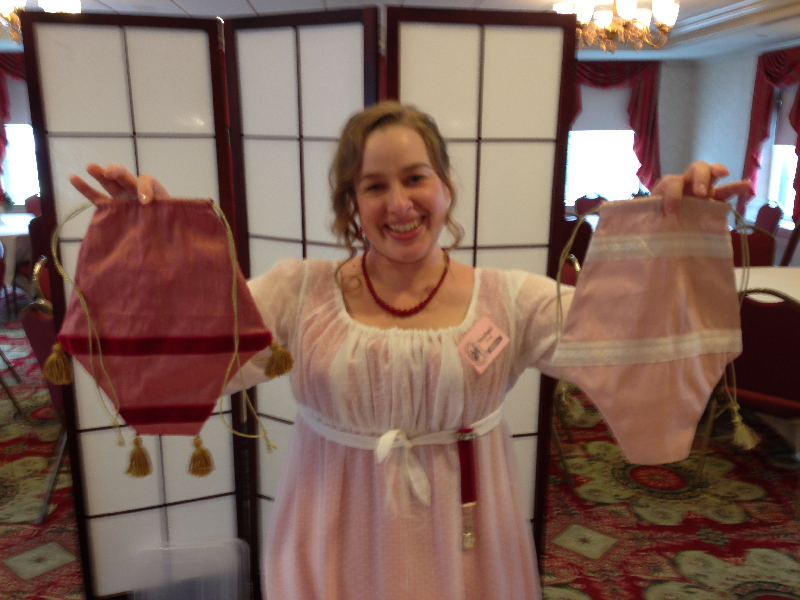
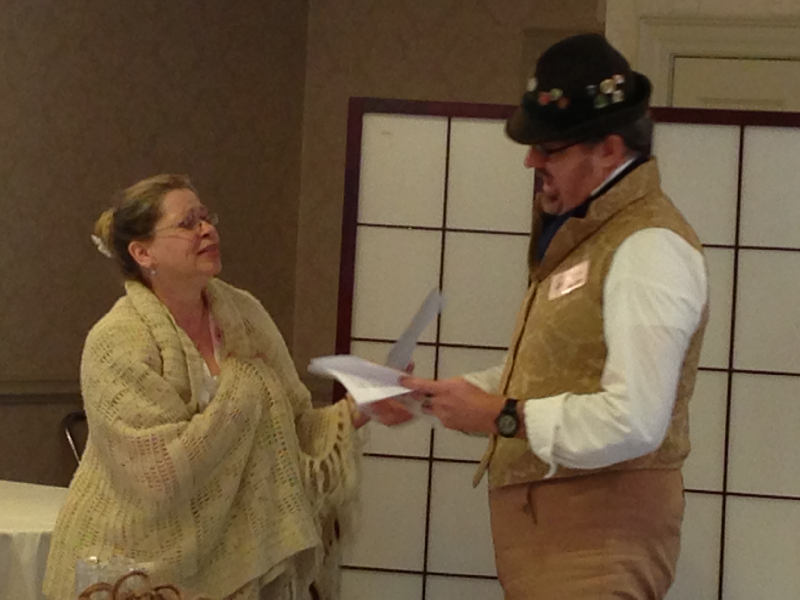
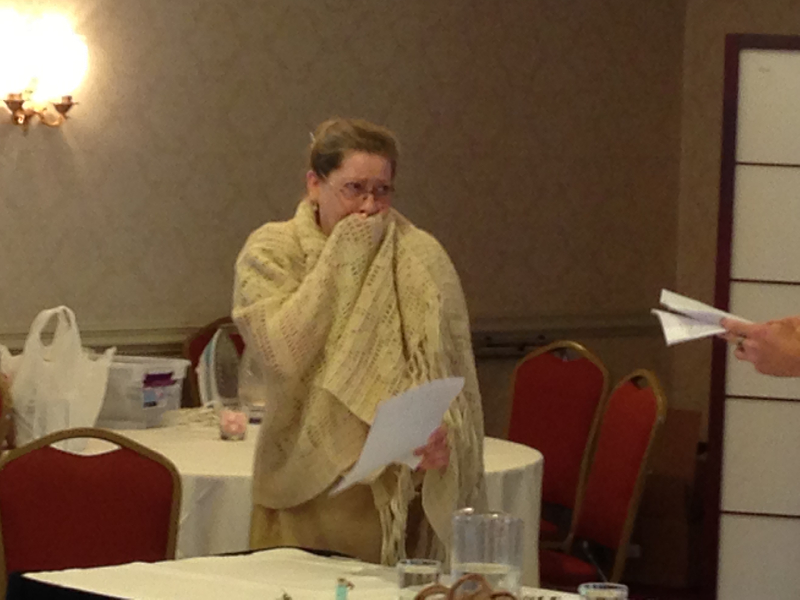

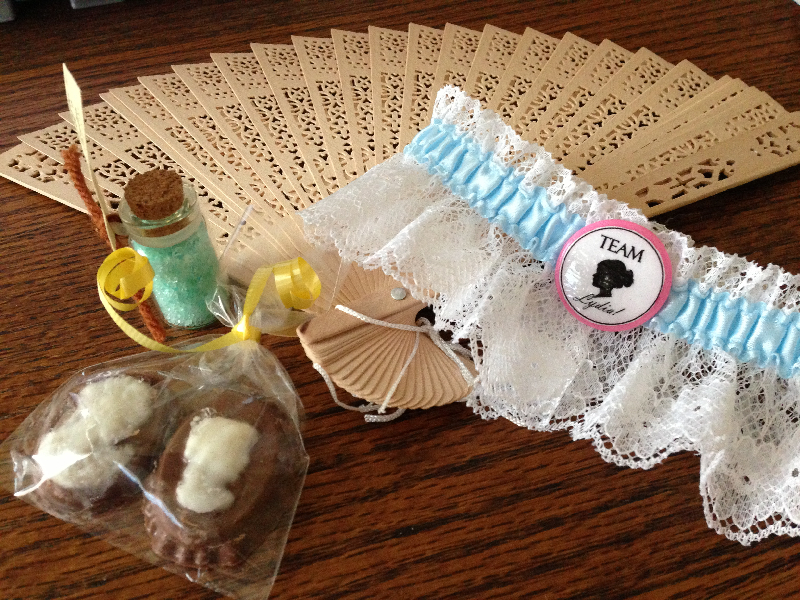
















 The quiet, a true rarity in New York restaurants, and the only decoration on the beige-gray wall a sprig of green leaves with small white, feathery buds, diminutive on the long wall reinforced the spare, Japanese aesthetic.
The quiet, a true rarity in New York restaurants, and the only decoration on the beige-gray wall a sprig of green leaves with small white, feathery buds, diminutive on the long wall reinforced the spare, Japanese aesthetic.














